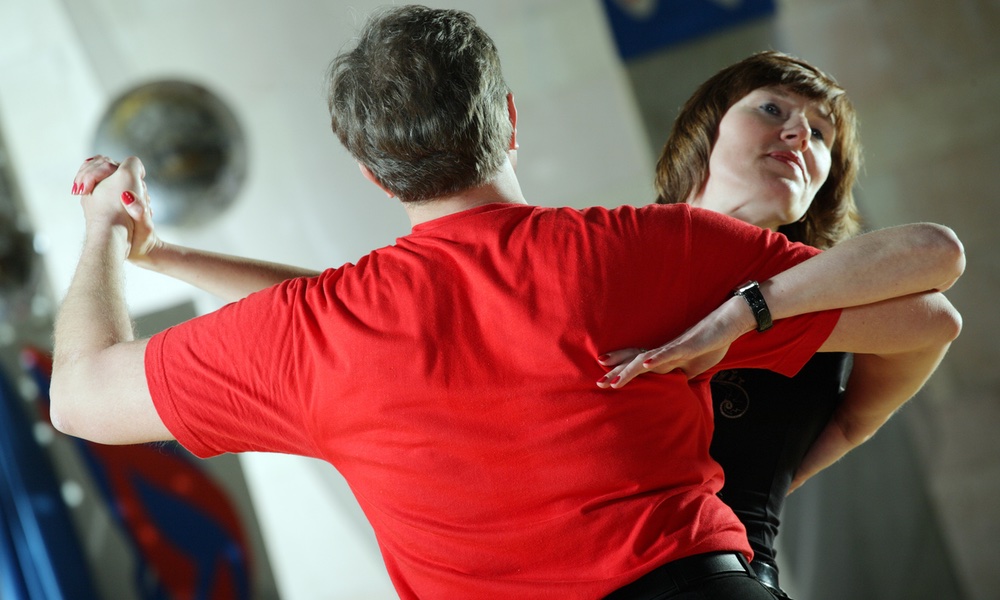The key to keeping the brain in shape as you age may be as simple as just moving your body. Sweaty trips to the gym don't seem to be necessary.
People who spent more time walking, gardening, swimming or dancing had larger brains than their less active compatriots, in a recent study of older adults.
Good information about the best ways of keeping your brain healthy can be hard to come by. Some studies find crossword puzzles to be helpful, while others do not. Many people placed their faith in Lumosity's brain games, only to see their maker fined for making fraudulent claims and preying on people's fears.
One area where there does seem to be broad agreement among researchers is that physical activity is good for the brain, and this recent study also supports that idea.Tasks that aren't traditionally thought of as exercise, including gardening and walking the dog, all count.
Dancing, gardening, swimming and walking were all associated with larger brain size in this study of 1,557 people whose average age was 75.
As people age, their brains begin to shrink. In this study, the difference in brain size between the most and least physically active groups was about 12 cubic centimeters, a little over two teaspoons' worth of white matter and about 1.4 percent of the total brain volume. That may not sound like much, but according to the researchers, it's the equivalent of roughly four years of brain aging.
“These results are exciting, as they suggest that people may potentially prevent brain shrinking and the effects of aging on the brain simply by becoming more active,” said the study's lead author, Yian Gu, Assistant Professor of Neurological Sciences at Columbia University in New York.
Using subjects' self-reported estimates of physical activity, researchers divided them into three groups: inactive, somewhat active and most active. They then reviewed MRI brain scans of all participants and found that those who were most active had larger total brain volume compared to the people in the inactive group.
In line with recent activity guidelines that emphasize that tasks that aren't traditionally thought of as exercise, including gardening and walking the dog, all add up, people were asked detailed questions about their daily habits.
After adjusting for factors known to affect brain size, including age, sex, education, race/ethnicity and APOE gene status, the average brain size for those who were active was 883 cubic centimeters compared to 871 cubic centimeters for those who were least active. The results remained similar even after excluding people who had mild cognitive impairment. A limitation of the findings is the study's reliance on people's ability to accurately remember how often and how long they were active rather than actually measuring them.The difference in brain size between the most and least physically active groups was about 12 cubic centimeters, the equivalent of roughly four years of brain aging.
The study is scheduled to be presented at the American Academy of Neurology's 2020 (72nd) Annual Meeting, slated to be held in Toronto, Canada from April 25 to May 1.





